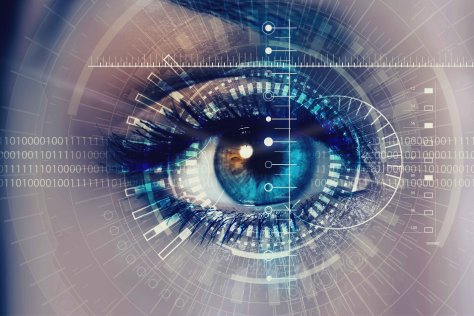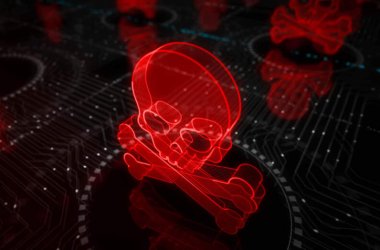Gartner’s Hype Cycle highlights the 29 emerging technologies CIOs should experiment with over the next year.
Today, companies detect insurance fraud using a combination of claim analysis, computer programmes and private investigators. The FBI estimates the total cost of non-healthcare-related insurance fraud to be around $40 billion per year. But a maturing emerging technology called emotion artificial intelligence (AI) might make it possible to detect insurance fraud based on audio analysis of the caller.
In addition to catching fraud, this technology can improve customer experience by tracking happiness, more accurately directing callers, enabling better diagnostics for dementia, detecting distracted drivers, and even adapting education to a student’s current emotional state.
Though still relatively new, emotion AI is one of 21 new technologies added to the Gartner Hype Cycle for Emerging Technologies, 2019.
The 2019 Hype Cycle highlights the emerging technologies with significant impact on business, society and people over the next five to 10 years. Technology innovation is the key to competitive differentiation and is transforming many industries.
This year’s emerging technologies fall into five major trends: Sensing and mobility, augmented human, postclassical compute and comms, digital ecosystems, and advanced AI and analytics.
Sensing and mobility
This trend features technologies with increasingly enabled mobility and the ability to manipulate objects around them, including 3D sensing cameras and more advanced autonomous driving. As sensors and AI evolve, autonomous robots will gain better awareness of the world around them. For example, emerging technologies such as light cargo delivery drones (both flying and wheeled) will be better able to navigate situations and manipulate objects. This technology is currently hampered by regulations, but its functionality continues is continuing to advance.
As sensing technology continues to evolve, it will aid more advanced technologies like the Internet of Things (IoT). These sensors also collect abundant data, which can lead to insights that are applicable across a range of scenarios and industries.
Other technologies in this trend include: AR cloud, autonomous driving levels 4 and 5, and flying autonomous vehicles.
Augmented human
Augmented human technologies improve both the cognitive and physical parts of the human body by including technologies such as biochips and emotion AI. Some will provide “superhuman capabilities” — for example, a prosthetic arm that exceeds the strength of a human arm — while others will create robotic skin that is as sensitive to touch as human skin. These technologies will also eventually provide a more seamless experience that improves the health, intelligence and strength of humans.
Other technologies in this trend include: Personification, augmented intelligence, immersive workspace and biotech (cultured or artificial tissue.)

Postclassical compute and comms
Classical or binary computing, which uses binary bits, evolved by making changes to existing, traditional architectures. These changes resulted in faster CPUs, denser memory and increasing throughput.
Post-classical computations and communications are using entirely new architectures, as well as incremental advancements. This includes 5G, the next-generation cellular standards, which has a new architecture that includes core slicing and wireless edge. These advancements allow low-earth-orbit (LEO) satellites to operate at much lower altitudes, around 1,200 miles or less, than traditional geostationary systems at around 22,000 miles. The result is global broadband or narrowband voice and data network services, including areas with little or no existing terrestrial or satcom coverage.
Technologies in this trend include: Next-generation memory and nanoscale 3D printing.
Digital ecosystems
Digital ecosystems are web-like connections between actors (enterprises, people and things) sharing a digital platform. These ecosystems developed as digitalisation morphed traditional value chains, enabling more seamless, dynamic connections to a variety of agents and entities across geographies and industries. In the future these will include decentralised autonomous organisations (DAOs), which operate independently of humans and rely on smart contracts. These digital ecosystems are constantly evolving and connecting, resulting in new products and opportunities.
Other technologies in this trend include: DigitalOps, knowledge graphs, synthetic data and decentralised web.
Advanced AI and analytics
Advanced analytics is the autonomous or semi-autonomous examination of data or content using sophisticated tools beyond those of traditional business insights. This is the result of new classes of algorithms and data science that are leading to new capabilities, for example transfer learning, which uses previously trained machine learning models as advanced starting points for new technology. Advanced analytics enables deeper insights, predictions and recommendations.
Other technologies in this trend include: Adaptive machine learning, edge AI, edge analytics, explainable AI, AI PaaS, generative adversarial networks and graph analytics.





